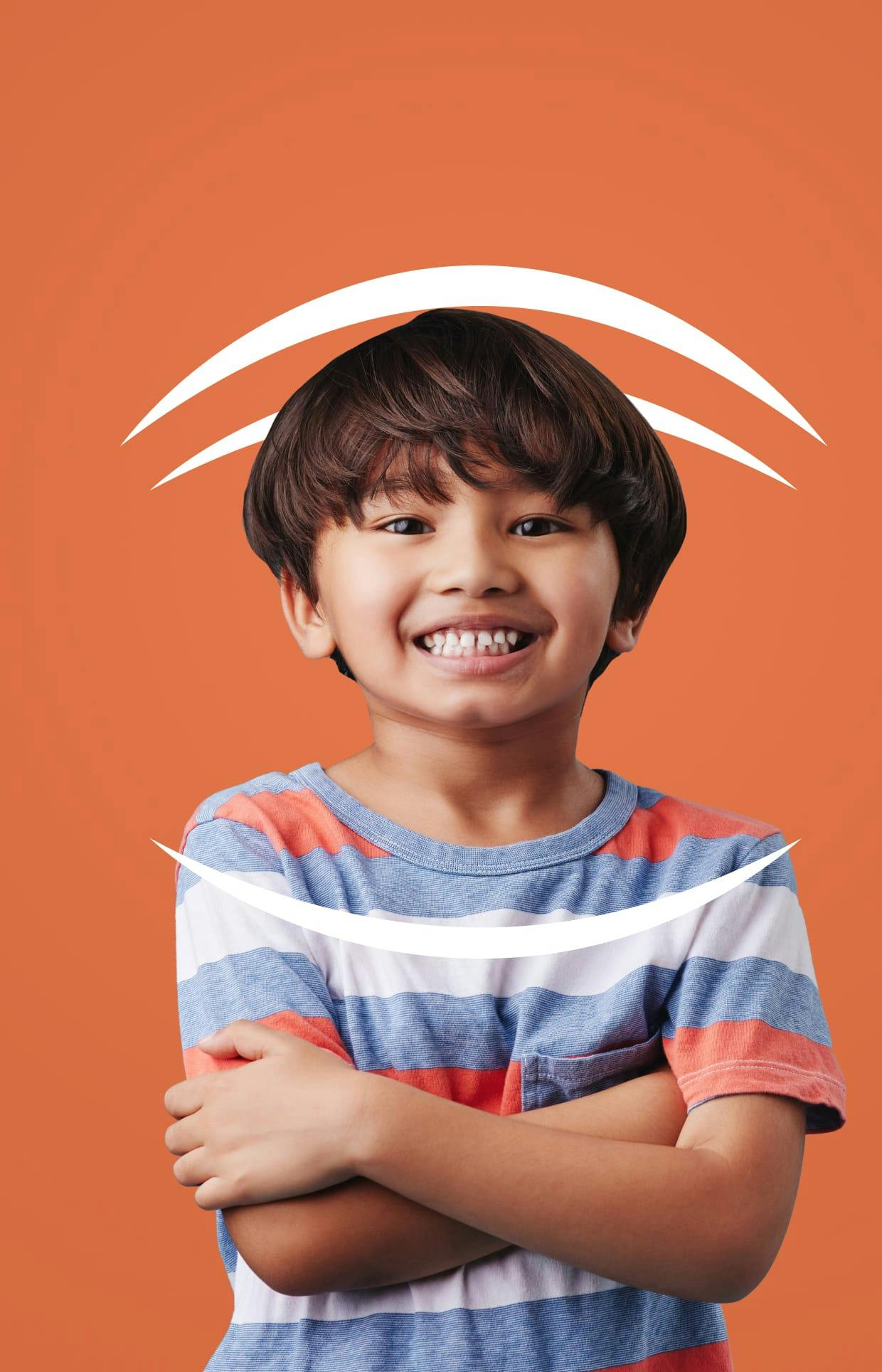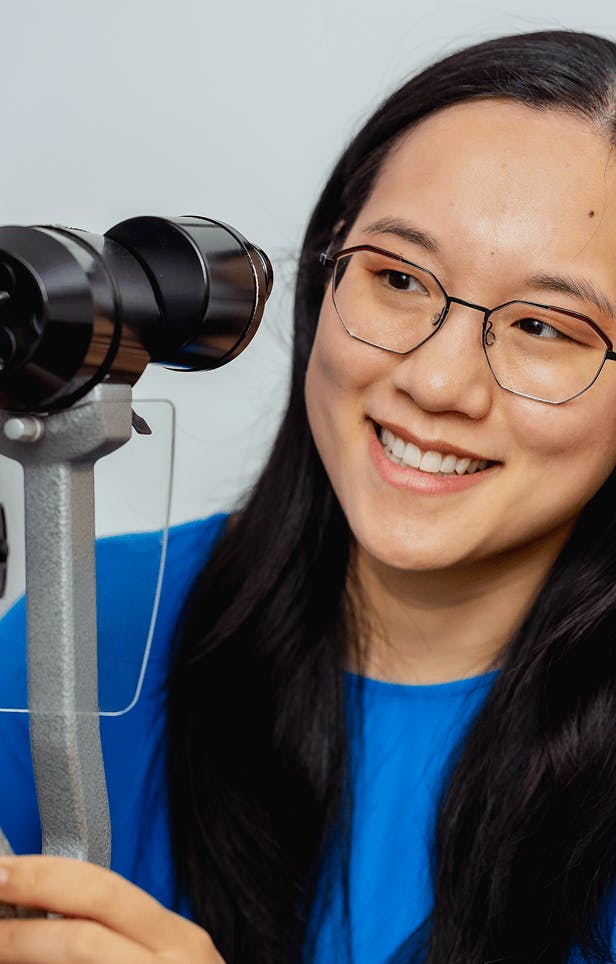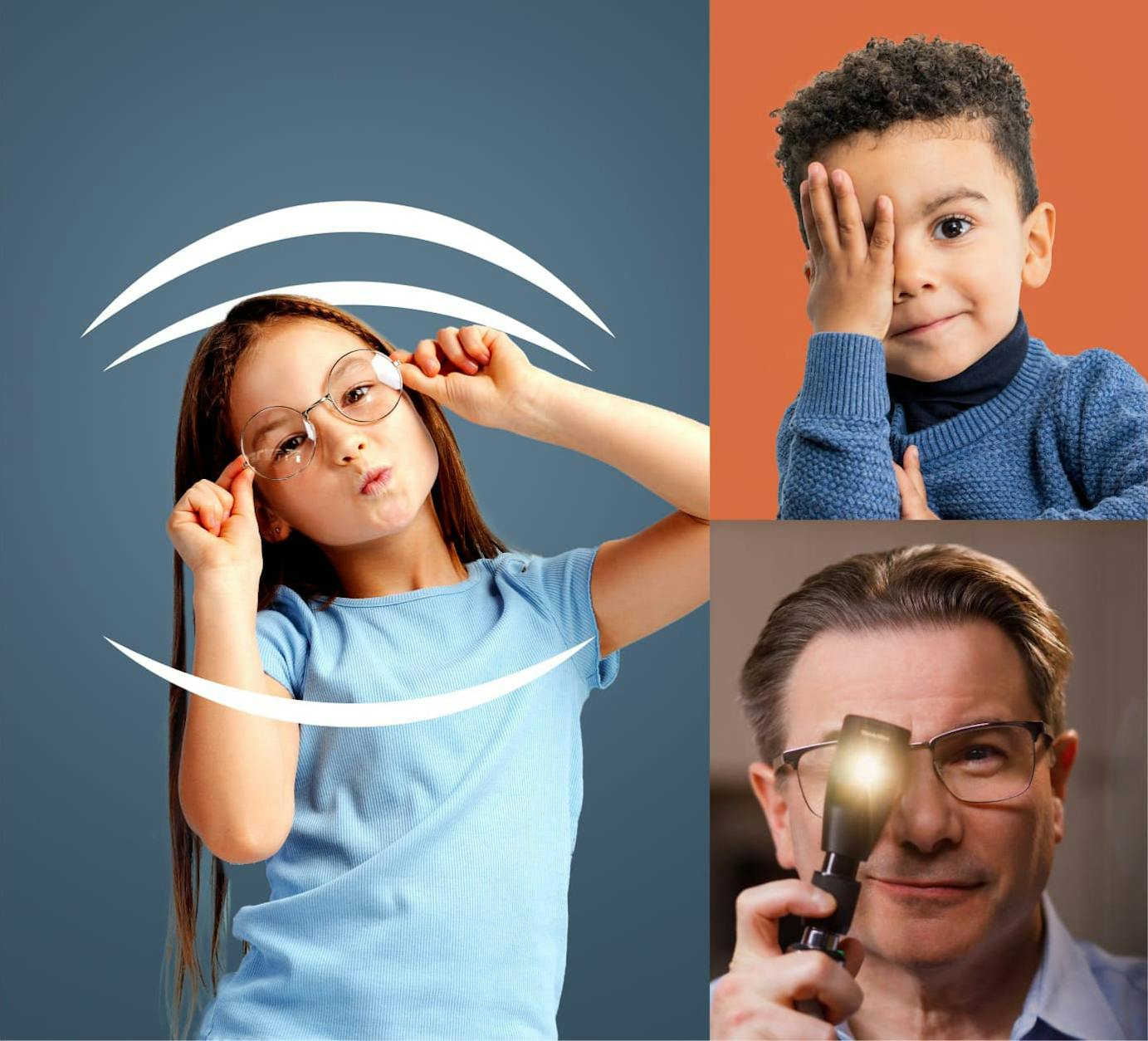Hypertropia is a form of strabismus in which one eye is higher than the other. It may be constant or intermittent and can impact depth perception and even head positioning. Fortunately, effective treatment is available, starting with a proper diagnosis.
Infant Hypertropia Treatment in Queens and Nassau County
Once a diagnosis is made, Dr. Lichtenstein will create a treatment plan tailored to your child’s specific condition, age, and vision needs. In mild or intermittent cases, non-surgical options may be tried first. If hypertropia is constant or causing functional vision problems, surgery may be recommended sooner.













